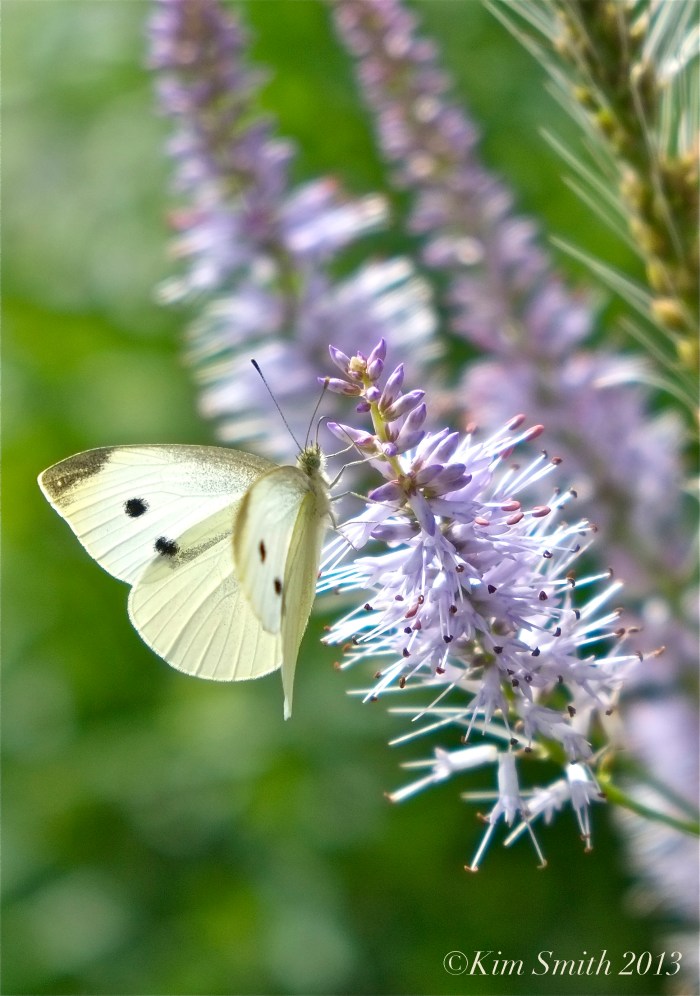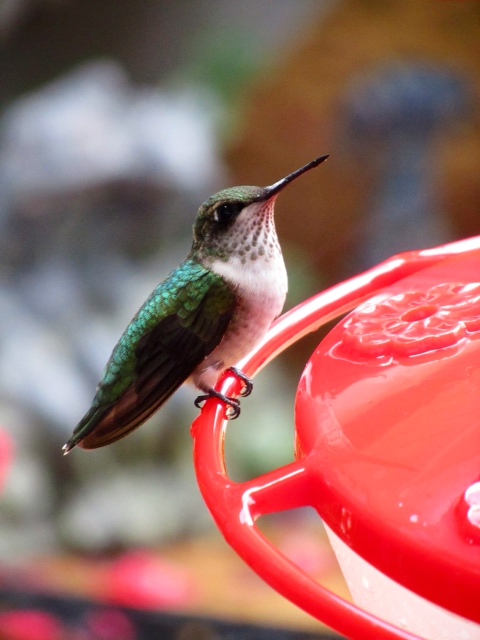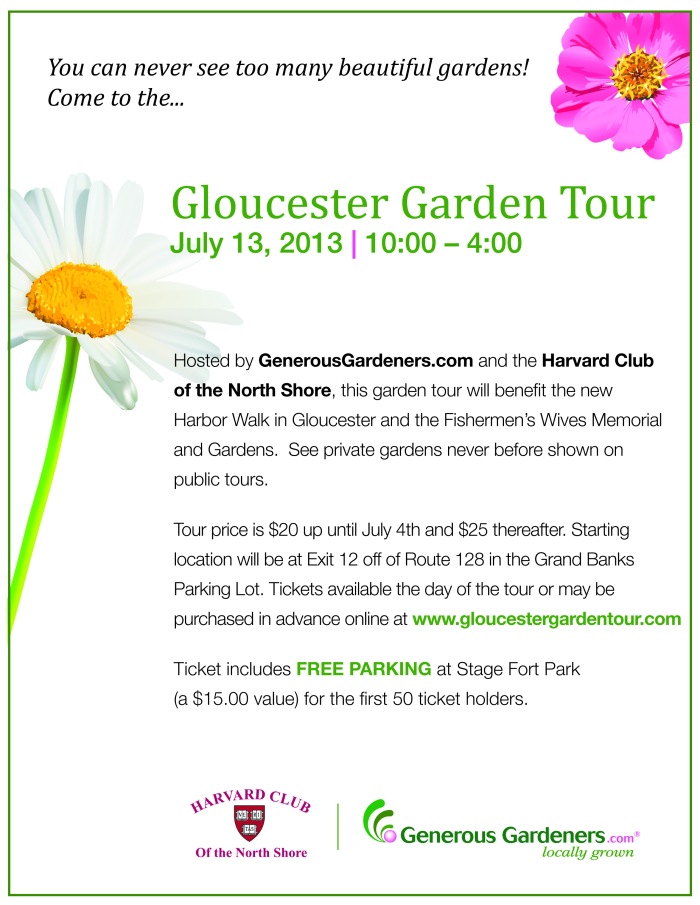Jay Ramsey (right) and crew Mauricio (left) and Mike (center)
On Tuesday, Jay Ramsey and his hard-working and dedicated crew from Farm Creek Landscaping, Mike and Mauricio, spent the morning whipping the HarborWalk Gardens into shape for Saturday’s Gloucester Garden Tour. I will be giving guided tours of the butterfly gardens at the HarborWalk on Saturday at 1:00 and at 2:00. The tours will begin under the Tulip Trees in St. Peter’s Square.
Purple Prairie Clover (Dalea purpurea)
One of the more fanciful North American wildflowers that you’ll see on the tour is the Purple Prairie Clover (Dalea purpurea), which is just beginning its florescence; typically July through August. With elegant, thread-like ferny foliage and charming one-inch flowerheads, this member of the Legume Family (Fabaceae) also adds nitrogen to the soil. The seeds of Dalea purpurea are enjoyed by many songbirds and the nectar-rich rose-purple and gold flowers are attractive to myriad species of butterflies and bees. Purple Prairie Clover grows well in average garden loom, as well as sandy soil, and it is often used for erosion control. Dalea purpurea grows a deep taproot and, once established, it is nearly impervious to drought.
Visit the Gloucester Garden Tour website for information on ticket sales.






